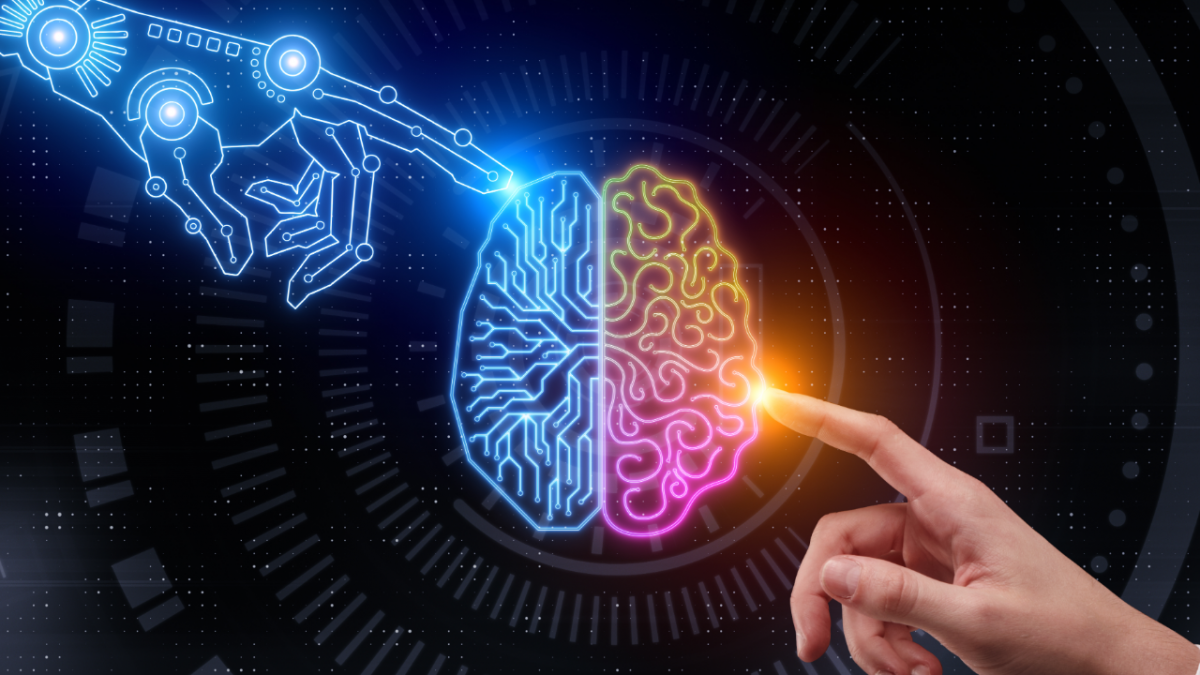written by Robin Fieseler, 17th of October 2022, 5 min read
Google developed their newest Natural Language Processing (NLP) model Pathways Language Model (PaLM). It possess groundbreaking 540 billion parameters and aims towards generalizing artificial intelligence while being highly efficient (Narang und Chowdhery 2022).
PaLM in action:

In the picture, you could see how PaLM solves a math exercise and cretaes the necerssary text. Solving math and putting sentences together is impressive, but it doesn’t seem like it replaces us. YET.
Therefore let’s look on the most recent robto developments.
DO As I can, Not As I say.
Googles Robotic Researchers stated this year:
“We evaluate our method on a number of real-world robotic tasks, where we show the need for real-world grounding and that this approach is capable of completing long-horizon, abstract, natural language instructions on a mobile manipulator.” (Ahn et al. 2022).
But what did the researchers do? They combined the use of an algorithm called “SayCan” with the PaLM NLP model and applied the software to a robot (a mobile manipulator from Everyday Robots with a 7-degree-of-freedom arm and a two-finger gripper). In addition, reinforcement learning is used to allow the robot to learn the skills it needs. For example, grabbing a dropped cup, putting it in the bin and cleaning it. This robot selects and performs the correct sequence of skills 84% of the time, a 50% improvement over previous robots (Ahn et al. 2022).
The combination leads to a future where Robots perform tasks as requested. Did I just say future? It is clearly present even though it is applied only within the research sector and not to 100% of the time. But do you always do as your told?
Artificial Agents Mimic Human Brains
Lastly, Tim Behrens, James Whittington and others have found evidence that cognitive maping applied on artificial agents (robots) could imitate how a brain stores and accesses knowledge (Behrens et al. 2018).
To quote: “We highlight how artificial agents endowed with such principles exhibit flexible behavior and learn map-like representations observed in the brain. Finally, we speculate on how these principles may offer insight into the extreme generalizations, abstractions, and inferences that characterize human cognition.” (Behrens et al. 2018)
Key Takeaway
In conclusion, this blog has demonstrated that robots successfully perform tasks based on words and that brain activity and the way humans store and apply knowledge can be imitated.
People who believe that robots will and can replace humans have been around for a long time. These “believers” have formed groups to incorporate technology into the human body to stay ahead in the race between robots and humans. They are called transhumanists. Now the transhumanists finally have scientific evidence that the brains of robots and humans work similarly, and proof that robots can perform tasks based on spoken words in an unfamiliar environment. So for them, the question is not whether robots will replace us, but when?
Therefore, I ask you: Will Robots replace Humans?
Let me know in the comments!
References
Behrens, T. E. J., Muller, T. H., Whittington, J. C. R. et al. (2018), ‘What Is a Cognitive Map? Organizing Knowledge for Flexible Behavior’, Neuron, 100/2: 490–509 <https://www.sciencedirect.com/science/article/pii/S0896627318308560>.


